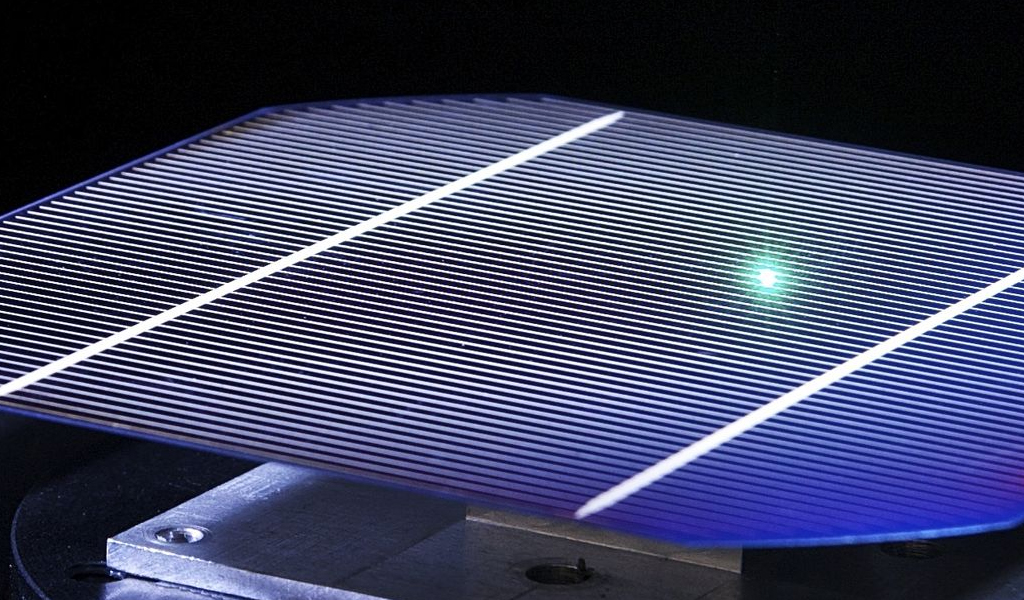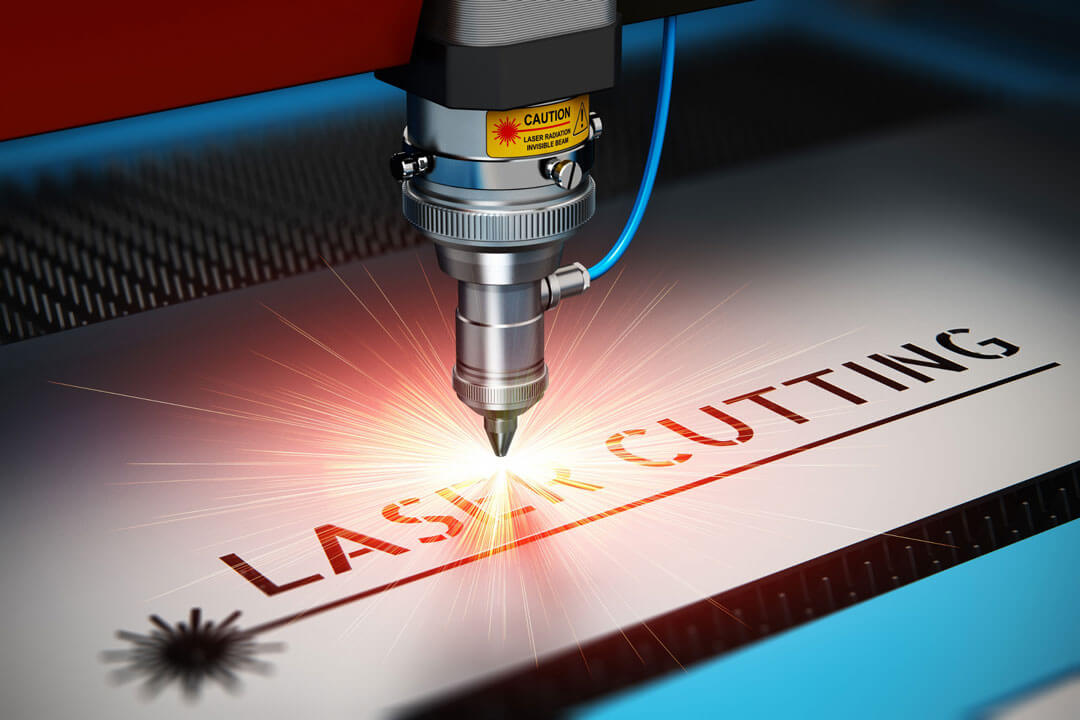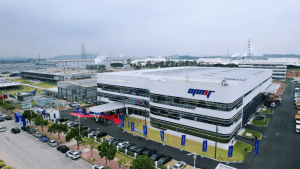Are you exploring the possibilities of laser processing but unsure which materials are compatible? You’re not alone—many industries face this challenge. At OPMT Laser, we understand the importance of precision and versatility in laser applications. Whether you’re working with metals, plastics, ceramics, or even fabrics, our advanced laser solutions, like the Micro3DL530V or LP550V, are designed to deliver exceptional results.
This guide has covered the key materials suitable for laser processing, from cutting and engraving to welding and marking. With over 90% of manufacturers relying on laser technology for precision tasks, the right equipment makes all the difference. Ready to elevate your projects? Discover how OPMT Laser can transform your workflow—explore our laser applications guide today!
Metals for Laser Processing
Laser processing has become an essential technique in modern manufacturing, allowing for the precise manipulation of various metals. Understanding the compatibility of different metals with laser technology is crucial for achieving optimal results in cutting, welding, and marking. This guide explores the most commonly processed metals, detailing their properties and suitability for laser applications.
Steel (Carbon, Stainless, Tool Steel)
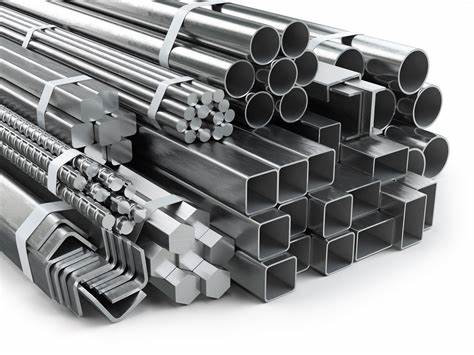
Steel is a highly versatile material in laser processing, encompassing carbon steel, stainless steel, and tool steel.
- Carbon Steel: This type of steel is favored for its strength and durability. It excels in cutting and welding applications due to its excellent machinability, enabling intricate designs with high-quality finishes.
- Stainless Steel: Renowned for its corrosion resistance, stainless steel is often used in industries that require high hygiene standards. Laser cutting produces smooth edges and fine details, making it ideal for applications in food processing and medical equipment.
- Tool Steel: Specifically designed for manufacturing cutting tools and dies, tool steels are known for their hardness. They can withstand high temperatures during laser processing; however, they typically require high-power lasers to achieve optimal results.
For advanced solutions in CNC systems and laser processing, consider exploring OPMT Laser’s LP550V model.
Aluminum

Aluminum is a lightweight metal that is widely used in laser processing due to its favorable strength-to-weight ratio.
- Cutting: Although aluminum can be effectively cut with lasers, its high reflectivity necessitates higher power settings. This can lead to increased energy consumption during the process.
- Marking: Laser marking on aluminum yields clear and durable results, making it suitable for labeling applications in sectors like automotive and consumer electronics.
Copper
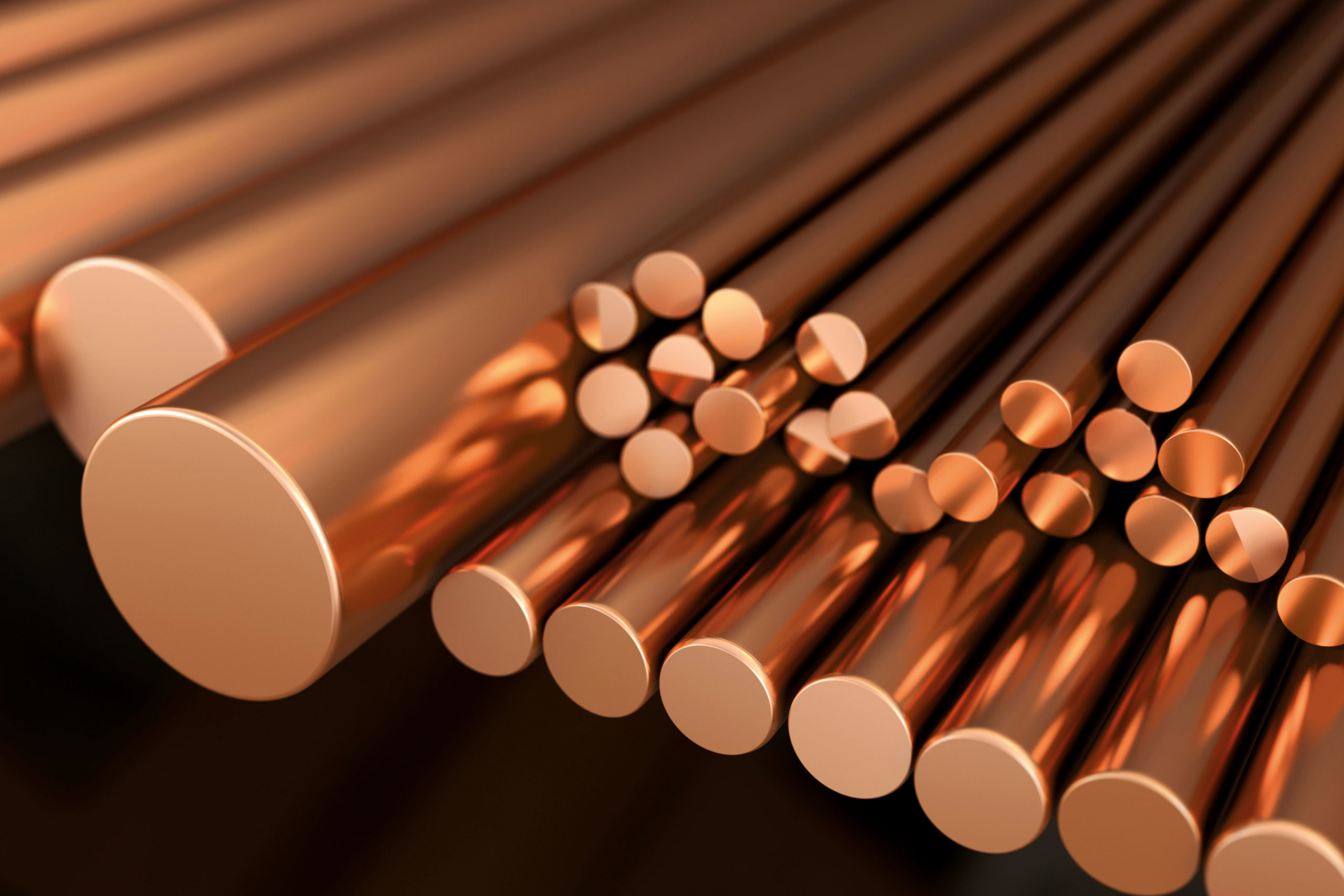
Copper presents unique challenges in laser processing due to its high thermal conductivity and reflectivity.
- Processing Difficulty: Traditional methods may struggle with copper as it tends to reflect laser light rather than absorb it. However, specialized lasers can achieve precise cuts when properly calibrated.
- Applications: When successfully processed, copper is extensively used in electrical components and plumbing due to its excellent conductivity.
Titanium
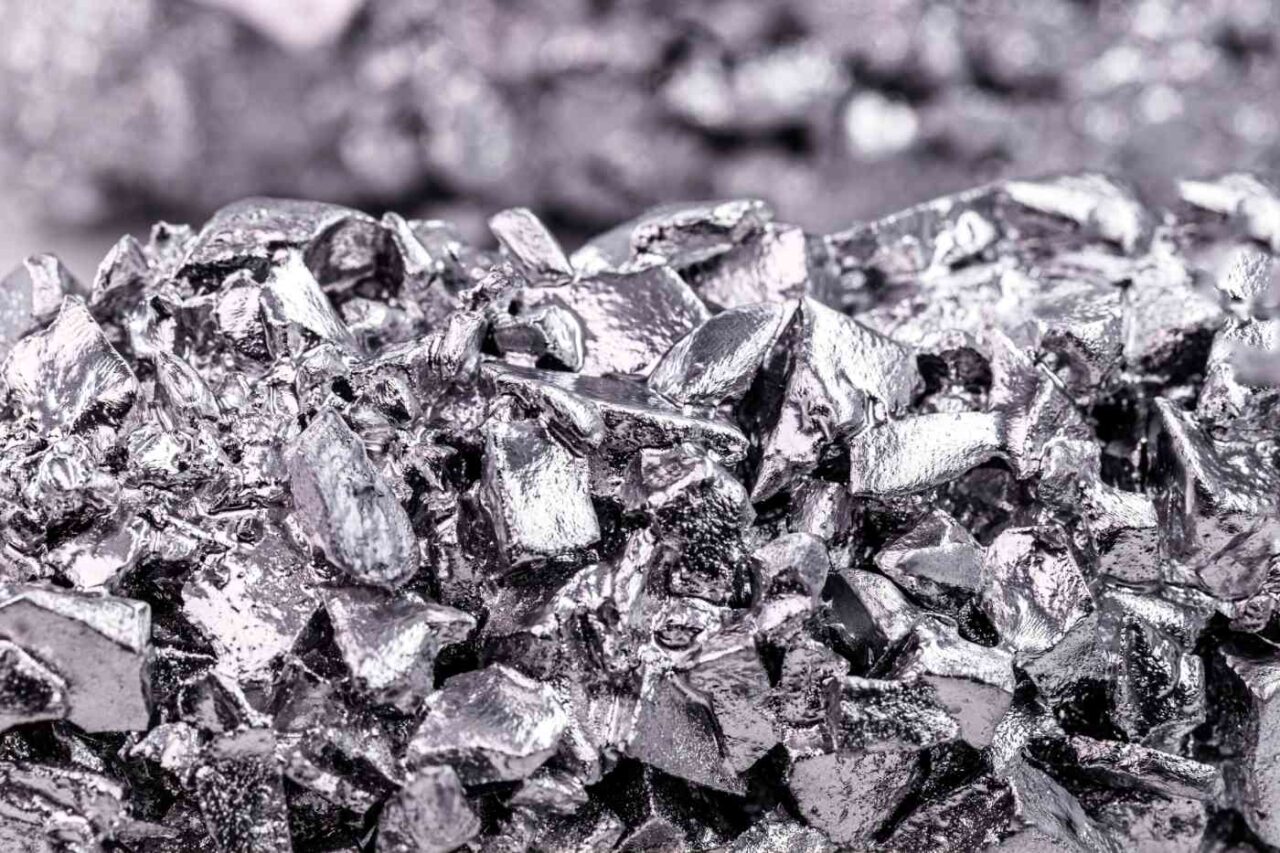
Titanium is celebrated for its exceptional strength-to-weight ratio and corrosion resistance.
- Cutting and Welding: Lasers are particularly effective at cutting titanium, especially in industries demanding high-performance materials like medical implants. The precision offered by laser technology allows intricate designs without compromising structural integrity.
For innovative CNC systems tailored to meet your needs, check out OPMT Laser’s Micro3D-L570V.
Brass and Bronze
Brass and bronze are alloys that also benefit from laser processing.
- Brass: This copper-zinc alloy is suitable for cutting and marking with lasers. Its aesthetic appeal makes it popular in jewelry design as well as mechanical components.
- Bronze: Similar to brass, bronze can be processed using lasers but may require specific laser types to optimize results due to variations in composition.
Plastics and Laser Compatibility
Understanding the compatibility of various plastics with laser processing is essential for achieving optimal results in manufacturing. Different types of plastics exhibit unique properties that influence their behavior during laser cutting and engraving. This guide explores the most commonly used plastics in laser applications, highlighting their characteristics and best practices for effective processing.
Acrylic (PMMA)
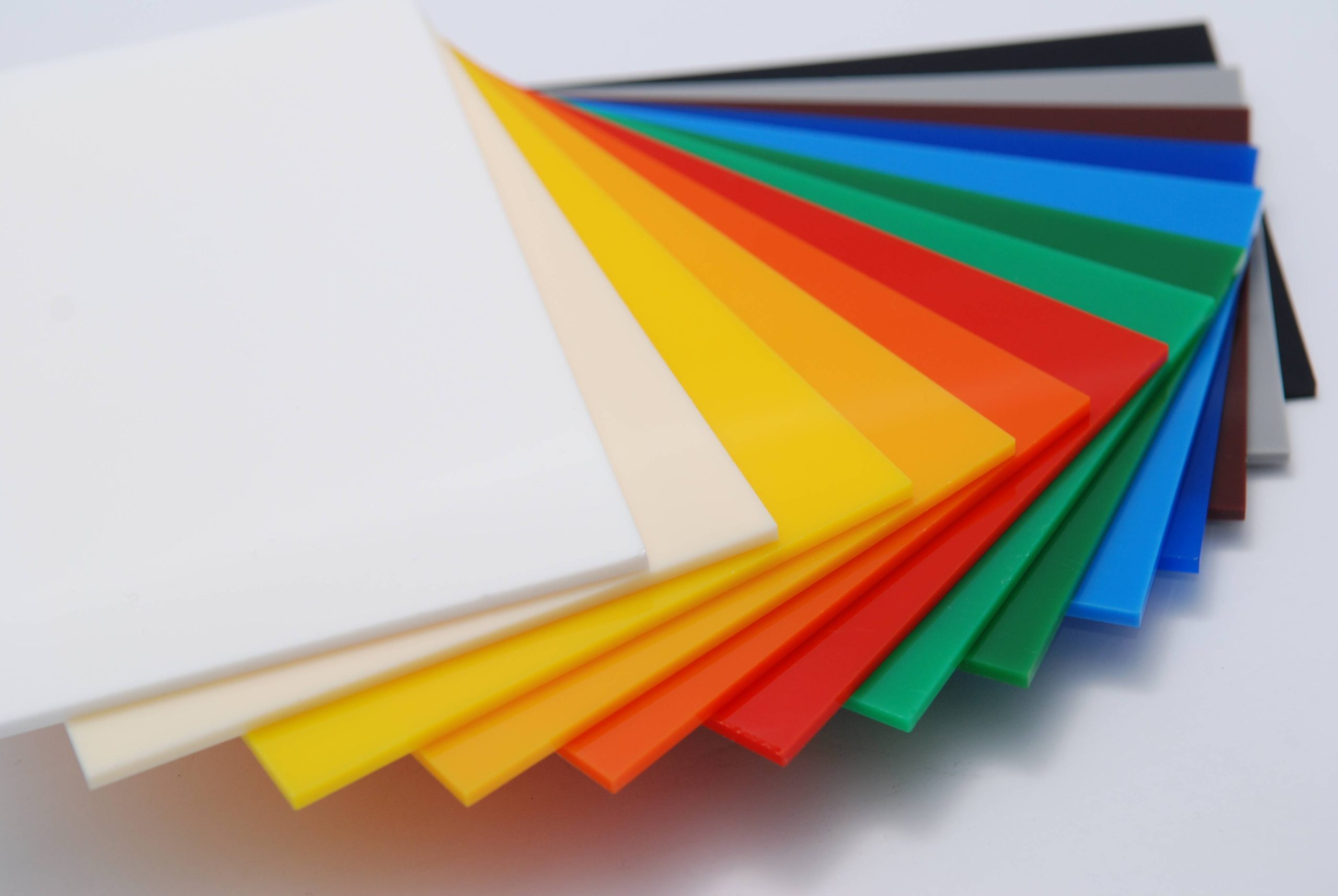
Acrylic, or PMMA, is a top choice for laser cutting and engraving due to its versatility. It allows for smooth, polished edges, making it ideal for applications where aesthetics matter.
- Key Benefits: Its clarity and ability to be colored enhance design flexibility.
- Best Practices: Utilize a CO2 laser with precise settings to avoid overheating, which can lead to melting.
For those interested in advanced laser systems, OPMT Laser offers a range of solutions tailored for acrylic processing, such as the Micro3D-L530V.
Polycarbonate
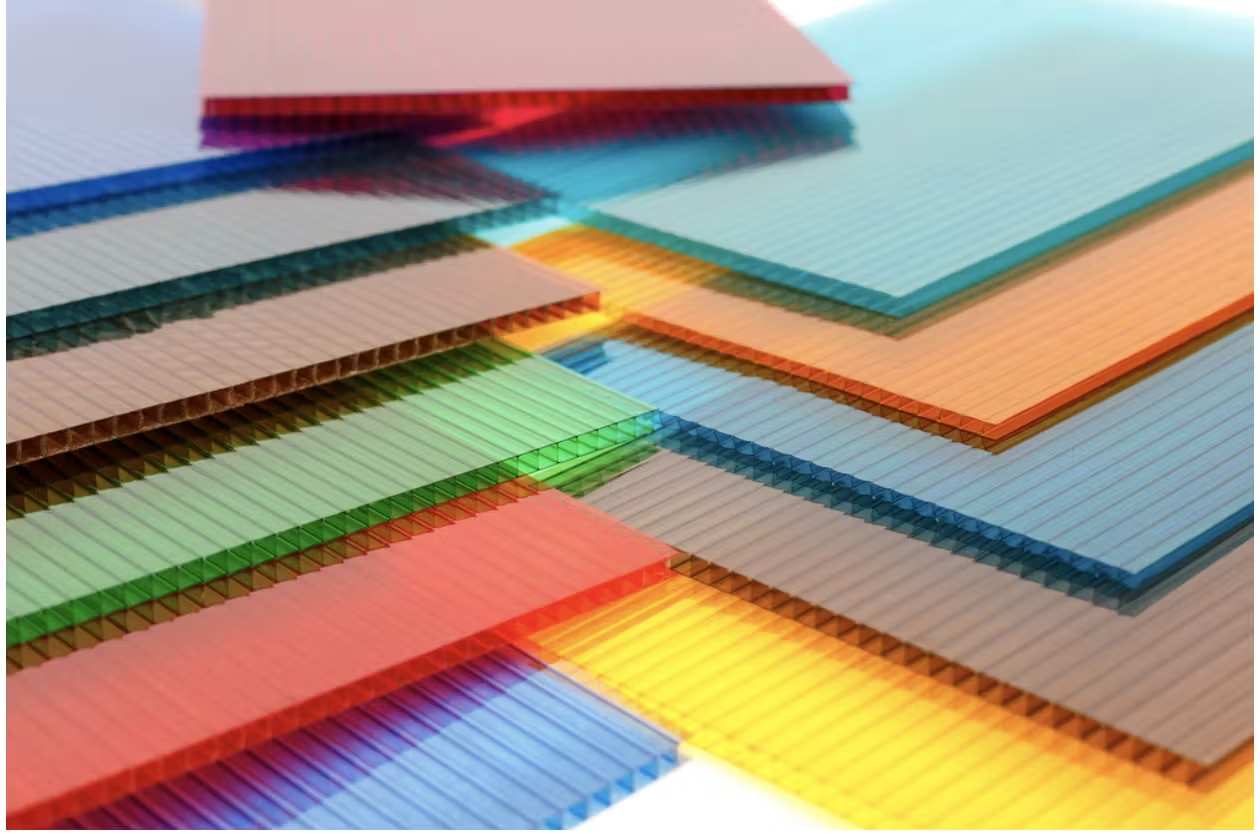
Polycarbonate is another widely used plastic in laser processing. While it can be effectively cut and marked, it requires careful handling due to its sensitivity to heat.
- Challenges: Improper settings may cause discoloration or melting.
- Best Practices: Employ lower power settings and higher speeds to minimize heat exposure.
For reliable results with polycarbonate, consider OPMT Laser’s LP550V model, which is designed for precision cutting.
Polyethylene (PE)
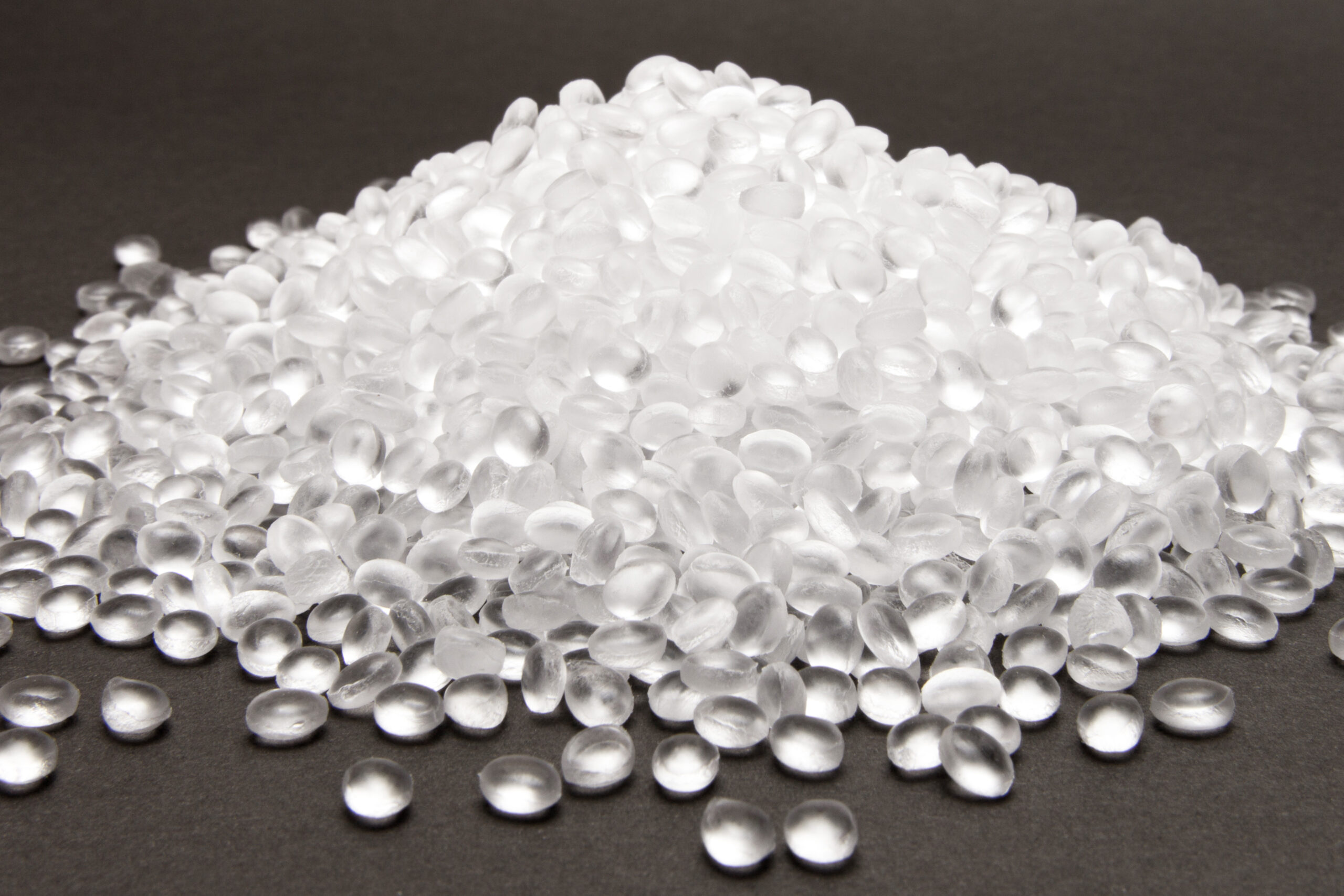
Polyethylene is suitable for both marking and cutting but demands precise control during processing.
- Advantages: Its chemical resistance makes it a popular choice in various industries.
- Best Practices: Ensure optimal laser focus to prevent deformation while cutting.
Explore OPMT Laser’s offerings like the Lightmut 750V for effective PE processing solutions.
Polypropylene (PP)
Similar to polyethylene, polypropylene requires careful handling to achieve clean cuts.
- Challenges: Variability in thickness can impact consistency.
- Best Practices: Adjust laser parameters according to material thickness to maintain quality.
OPMT Laser’s Diacut-L315V is an excellent option for those looking to work with polypropylene effectively.
ABS (Acrylonitrile Butadiene Styrene)

ABS is commonly used in prototyping and offers good compatibility with laser technologies.
- Advantages: It provides excellent surface finishes and is easy to work with.
- Best Practices: Monitor cutting speed and power settings closely to avoid melting.
For high-quality ABS processing, OPMT Laser’s Lightgrind LT20 can deliver precision results.
Composites and Ceramics
Composite materials and ceramics are at the forefront of modern manufacturing, offering unique challenges and opportunities for laser processing. Understanding these materials is essential for optimizing their applications in various industries.
Carbon Fiber

Carbon fiber is renowned for its exceptional strength-to-weight ratio, making it a popular choice in many high-performance applications. When it comes to laser processing, this material can be precisely cut and marked. However, it’s crucial to manage heat effectively to prevent delamination, which can compromise the material’s integrity. Have you considered how the right laser settings can enhance your carbon fiber projects? OPMT Laser’s innovative CNC systems provide tailored solutions that ensure optimal results while minimizing risks associated with thermal damage.
Fiberglass

Fiberglass is another versatile composite that lends itself well to laser cutting and marking. While it offers great flexibility in design, it also produces hazardous fumes during processing. This necessitates stringent safety measures to protect operators. Are you aware of the best practices for working with fiberglass? Utilizing advanced laser technology from OPMT Laser can help mitigate these risks while delivering high-quality finishes.
Alumina
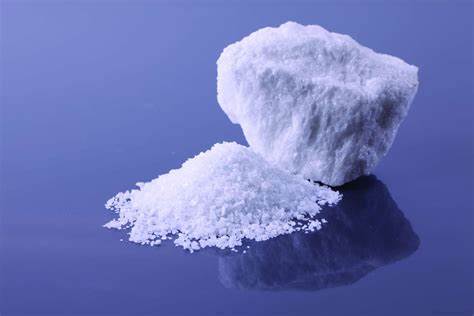
Alumina, a widely used ceramic material, excels in marking and engraving applications due to its hardness. However, its robust nature poses challenges when cutting. To achieve clean cuts without damaging the material, precise control over laser parameters is essential. How can you leverage laser technology to enhance your alumina processing? OPMT Laser’s systems are designed to optimize cutting efficiency while maintaining the integrity of your products.
Zirconia
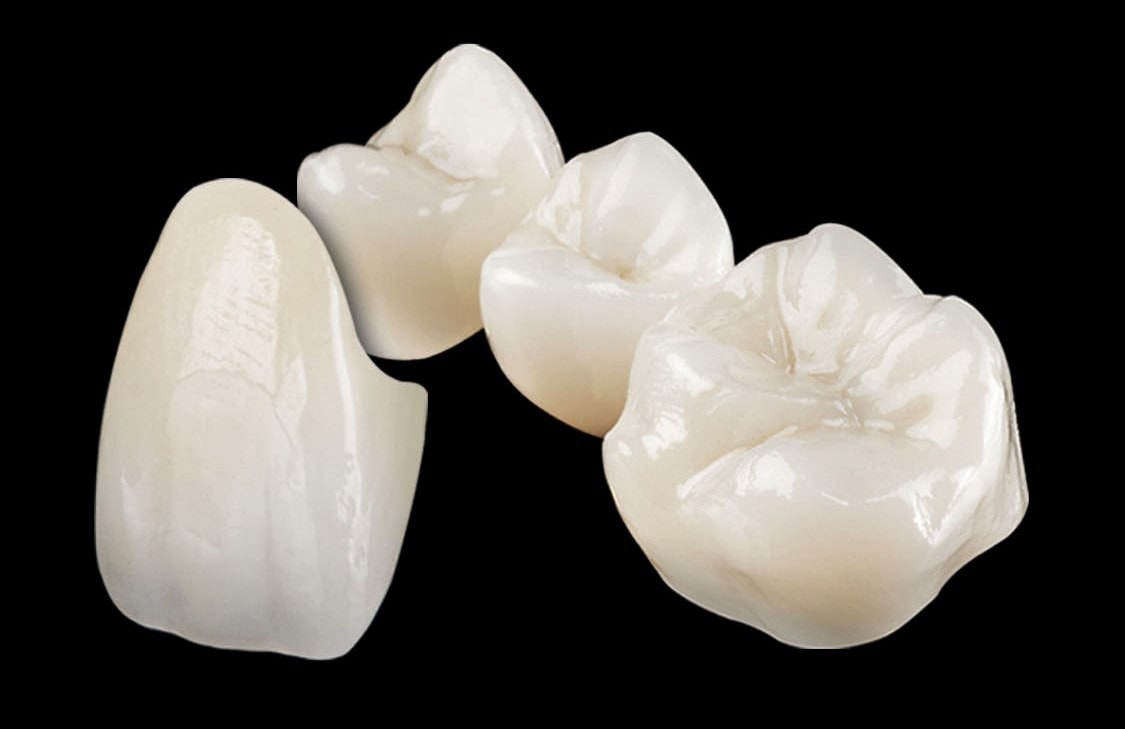
Zirconia is frequently employed in medical and dental applications due to its durability and precision. Laser processing allows for the creation of intricate shapes that meet stringent quality standards. Are you looking for ways to improve your zirconia applications? With OPMT Laser’s advanced solutions, you can achieve unparalleled precision and efficiency in your manufacturing processes.
Glass and Stone
Laser processing has transformed the way intricate designs are crafted on materials such as glass and stone. This technology allows for high precision in cutting, engraving, and marking, enabling both artistic expression and functional applications. However, the unique properties of these materials can pose challenges during processing. How can one effectively overcome these obstacles while achieving stunning results?
Understanding Laser Processing Techniques
When it comes to laser processing, two primary types of glass are commonly used: borosilicate glass and soda-lime glass.

- Borosilicate Glass: This type is favored for its thermal resistance, making it suitable for marking and engraving. However, cutting borosilicate glass requires specialized equipment to prevent cracking.
- Soda-Lime Glass: As the most widely used glass in decorative applications, soda-lime glass is easy to engrave, making it a popular choice for artists and manufacturers alike.
For stone materials like granite and marble, laser engraving offers unique advantages.

- Granite: Known for its durability, granite is perfect for detailed engravings, often utilized in memorial designs.
- Marble: With its smooth surface, marble is ideal for artistic engravings that require fine detail.
Challenges in Cutting Glass and Stone
Cutting through glass and stone can be challenging due to their inherent characteristics. To address these difficulties, several methods are employed:
- Laser Scoring: This technique involves creating a score line on the material’s surface. By applying tension along this line, the material can be separated with minimal damage.
- Controlled Fracture Techniques: These methods use thermal stress induced by lasers to guide cracks through the material, allowing for precise cuts.
Understanding these techniques is essential for achieving optimal results in laser processing.
Innovative Solutions from OPMT Laser
At OPMT Laser, we utilize cutting-edge laser technology to enhance our work on glass and stone. Our advanced systems enable us to achieve high precision while minimizing waste. Here’s how we ensure top-quality results:
- High-Powered CO2 Lasers: These lasers are ideal for both cutting and engraving glass and stone, providing a clean finish with minimal microfractures.
- Femtosecond Lasers: Particularly effective for ultrathin glass applications, these lasers allow for high-speed processing without damaging the material.
- Customized Settings: Our laser systems can be finely tuned to accommodate various thicknesses and material types, ensuring each project meets our high standards of quality.
Wood, Fabrics, and Textiles
Laser processing has become a game-changer in the treatment of various natural and synthetic materials, particularly wood and textiles. This innovative technology is widely utilized in both creative and industrial applications due to its precision and efficiency. By employing advanced CNC systems, OPMT Laser offers solutions that enhance the capabilities of businesses looking to leverage these materials.
Types of Wood for Laser Processing
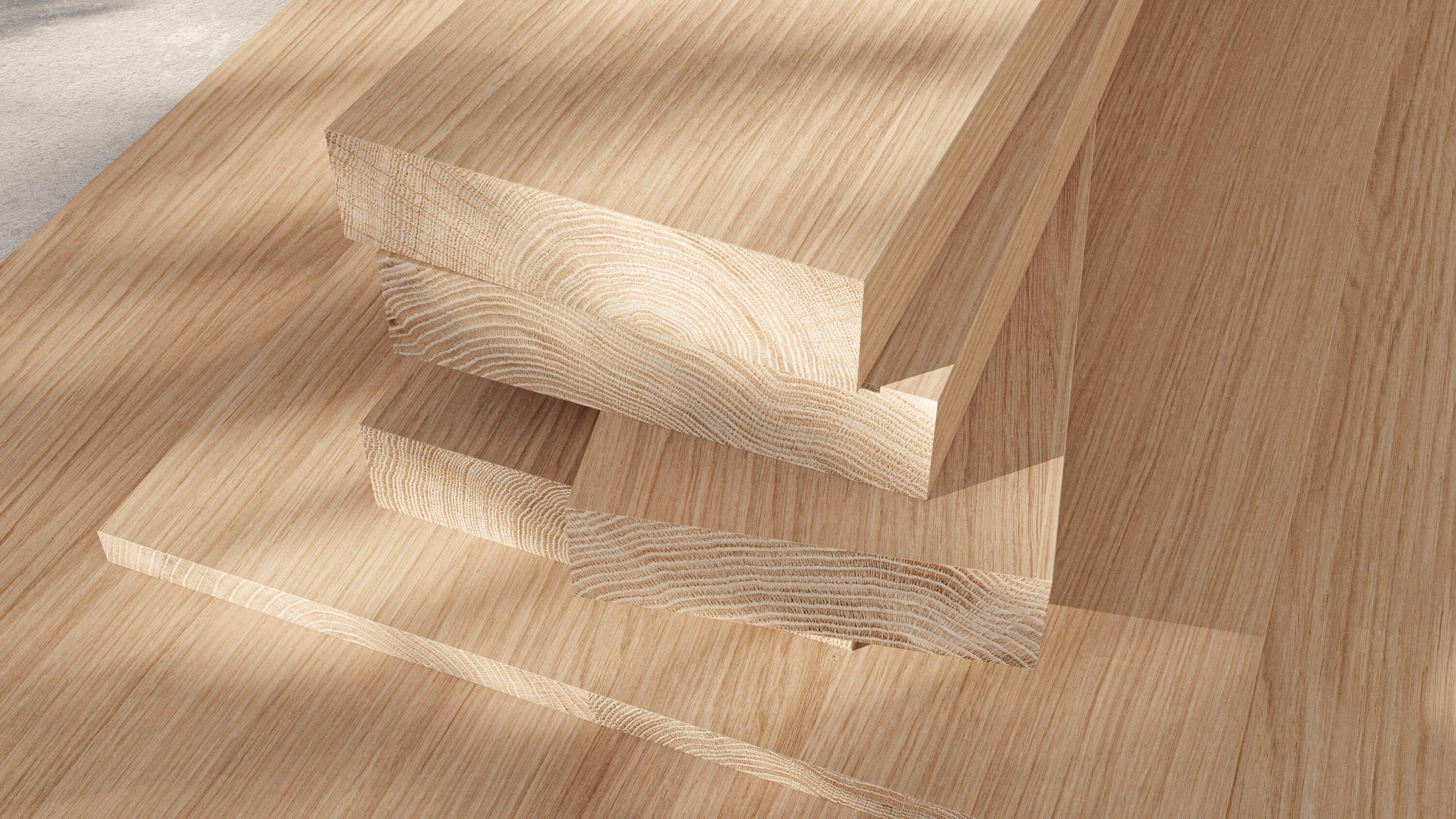
- Hardwood (Oak, Maple): These woods are renowned for their density and durability, making them ideal for detailed engravings and precise cuts. The intricate designs achievable with hardwood are perfect for custom furniture and decorative items.
- Plywood: While plywood is suitable for both cutting and engraving, the quality of its adhesive can significantly impact the results. Opting for high-grade plywood ensures clean cuts and professional finishes.
- MDF (Medium-Density Fiberboard): Known for its ease of processing, MDF is a popular choice for laser applications. However, it may produce more residue than solid woods, necessitating proper ventilation during cutting to manage dust effectively.
Textiles Suitable for Laser Processing
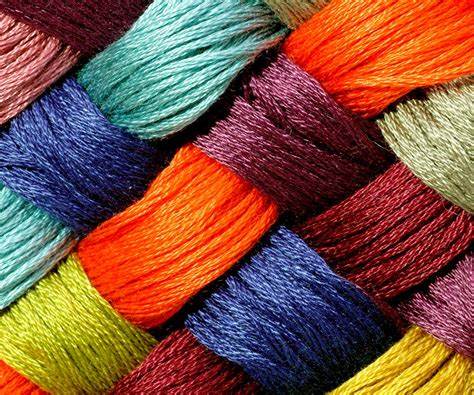
- Cotton: This versatile fabric is favored in the fashion industry for its ability to be cut and engraved without fraying. Laser technology allows designers to create intricate patterns that elevate their textile products.
- Polyester: Although polyester can be marked and cut efficiently, care must be taken with heat settings to prevent melting. Testing different power levels is crucial to achieving optimal results.
- Leather: A staple in fashion accessories, leather holds intricate designs exceptionally well when processed with lasers. The heat from the laser not only cuts but also seals edges, preventing fraying.
Paper, Cardboard, and Rubber
Laser processing is a game-changer for materials like paper, cardboard, and rubber, delivering unmatched precision and versatility. This technology not only enhances manufacturing efficiency but also opens up creative possibilities across various industries.
Paper Processing

When it comes to paper, laser cutting and engraving stand out as the preferred methods. This technique is particularly effective for intricate designs often used in packaging and artistic projects.
- Applications: From creating custom invitations to detailed business cards, the precision of laser technology allows for high-quality results with minimal waste.
- Advantages: With OPMT Laser systems, you can expect faster production cycles and the ability to produce complex shapes effortlessly. This efficiency is crucial for businesses looking to stay competitive in the fast-paced market.
For more on our laser solutions tailored for paper processing, explore our Micro3D L530V model.
Cardboard Applications
Cardboard is another material that benefits significantly from laser technology. Its lightweight yet durable nature makes it ideal for various applications in packaging and prototyping.
- Processing Capabilities: CO2 lasers can cut through different types of cardboard, including corrugated and chipboard, without causing mechanical stress.
- Versatile Uses: The technology enables rapid creation of custom packaging solutions and display structures, making it invaluable for businesses aiming to innovate their product presentation.
To see how our systems can enhance your cardboard processing capabilities, check out the LP550V.
Rubber Processing
Both natural and synthetic rubber are effectively processed using laser technology.
- Natural Rubber: This material is excellent for cutting and marking applications, especially in manufacturing gaskets and seals due to its durability.
- Synthetic Rubber: While it can be processed with lasers, caution is necessary as it may emit hazardous fumes during cutting. Ensuring proper ventilation is vital for safety.
For insights into our advanced laser solutions designed for rubber processing, visit our LightMut 750V page.
Special Considerations for Laser Processing
When it comes to laser processing, understanding the unique requirements of different materials is crucial for ensuring safety and achieving high-quality results. OPMT Laser specializes in innovative CNC systems and laser processing solutions, making it essential to consider specific factors that may affect the laser cutting and engraving process.
Reflective Materials
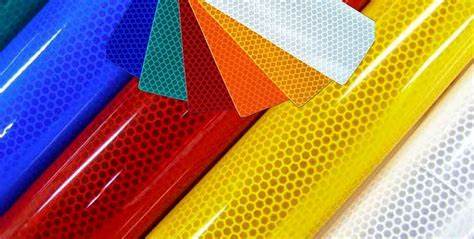
Certain metals, such as copper and gold, are highly reflective and can pose challenges during laser processing. These materials often require specialized equipment to achieve optimal results.
- Recommended Equipment: Fiber lasers are particularly effective for cutting reflective metals due to their shorter wavelengths, which enhance absorption and minimize reflection. This helps prevent potential damage to the laser system.
- Best Practices: Adjusting the focal length slightly above the material surface can improve energy absorption and reduce issues like dross formation. Additionally, techniques such as beam wobbling can distribute heat evenly, enhancing cut quality.
Hazardous Fumes
Processing materials like PVC can release toxic fumes, which necessitates careful handling to ensure operator safety.
- Safety Protocols: Always refer to Material Safety Data Sheets (MSDS) for guidance on handling hazardous materials. Implementing a robust fume extraction system is essential for maintaining air quality in the workspace.
- Protective Measures: Operators should wear appropriate personal protective equipment (PPE), including masks and goggles, to safeguard against harmful fumes and laser exposure.
General Safety Measures
To maintain a safe environment during laser processing, consider these best practices:
- Regular Maintenance: Ensure that all laser equipment undergoes routine inspections and maintenance to prevent malfunctions.
- Operator Training: Comprehensive training on safety protocols is vital. Operators should be well-versed in emergency procedures to mitigate risks effectively.
- Real-Time Monitoring: Implementing air quality monitoring systems can help detect hazardous fumes early, allowing for prompt action to maintain a safe working environment.
By focusing on these special considerations when processing reflective materials and managing hazardous fumes, OPMT Laser can enhance both safety and efficiency in its operations. For those looking to explore advanced laser solutions, consider our Micro3D L530V or LP550V models that are designed for precision and reliability in various applications.
Why Choose OPMT Laser for Your Laser Processing Needs?
At OPMT Laser, we specialize in innovative CNC systems and laser processing solutions tailored to meet your specific material and application requirements. Our cutting-edge technology ensures precise, efficient, and safe processing across a diverse range of materials, including metals, plastics, ceramics, and fabrics. But what truly sets OPMT Laser apart in the competitive landscape of laser processing?
Comprehensive Material Compatibility
Our laser systems are engineered to handle a wide variety of materials effectively. Whether you need to cut robust metals or engrave intricate designs on delicate fabrics, our technology adapts seamlessly to your needs. This versatility not only enhances productivity but also allows for creative freedom in design. With OPMT Laser, you can confidently tackle any project, knowing our systems are equipped for optimal performance.
Precision and Efficiency
When it comes to laser processing, precision is paramount. OPMT Laser’s advanced technology guarantees high-speed operations without sacrificing quality. Our systems minimize waste and maximize output, making them an economical choice for businesses aiming to enhance their manufacturing processes. Why settle for less when you can achieve exceptional results with our state-of-the-art solutions?
Safety First
Safety is a critical consideration in any manufacturing environment. At OPMT Laser, we prioritize operator safety by incorporating advanced safety features into our systems. Protective enclosures and automated shutdown protocols are just a few examples of how we ensure a secure working environment while maintaining high productivity levels. Your safety is our commitment.
Versatile Applications
Our laser processing solutions are not limited to one industry; they span multiple sectors including automotive, textiles, and electronics. The adaptability of our technology allows it to be used for cutting, engraving, welding, and marking applications. This multi-functionality means that no matter your industry or specific needs, OPMT Laser has the right solution for you.
Innovative Technology
Staying ahead of the curve is crucial in today’s fast-paced market. OPMT Laser continually invests in research and development to bring you the latest advancements in laser technology. Our commitment to innovation ensures that you benefit from cutting-edge performance that meets and exceeds industry standards.
Exceptional Support
Choosing OPMT Laser means gaining access to unparalleled customer support throughout your project lifecycle. Our team of experts is dedicated to understanding your unique needs and providing tailored solutions that drive success. From initial consultations to ongoing maintenance, we are committed to ensuring your experience with our products is seamless.
Frequently Asked Questions (FAQs)
What materials can be processed with OPMT Laser systems?
Our systems are designed to process a variety of materials including metals, plastics, ceramics, and fabrics, ensuring versatility for all your projects.
How does laser processing improve efficiency?
Laser processing combines cutting and finishing steps into one operation, significantly reducing waste and speeding up production times compared to traditional methods.
What safety measures are implemented in OPMT Laser systems?
We incorporate multiple safety features such as protective enclosures and automated shutdown protocols to ensure a safe working environment during operations.
Can OPMT Laser technology be integrated into existing production lines?
Absolutely! Our solutions can be customized to integrate seamlessly into your current production processes without major disruptions.
Conclusion
Laser processing is an incredibly versatile technology that can work wonders with a wide range of materials, from metals and plastics to wood and glass. By selecting the appropriate laser type and adjusting processing parameters, you can achieve outstanding results tailored to your specific needs. Did you know that laser cutting can be up to 10 times faster than traditional methods? This efficiency can significantly enhance your production capabilities.
At OPMT Laser, we understand your desire for precision and safety in your projects. That’s why we offer a variety of laser solutions designed to meet diverse material requirements while prioritizing safe practices. Explore our innovative products like the LP550V or the LightMut 750V to find the perfect fit for your applications. Ready to elevate your laser processing experience? Contact OPMT Laser today and discover how we can help you achieve remarkable results!
Disclaimer
This content is compiled by OPMT Laser based on publicly available information for reference only; mentions of third-party brands and products are for objective comparison and do not imply any commercial association or endorsement.

